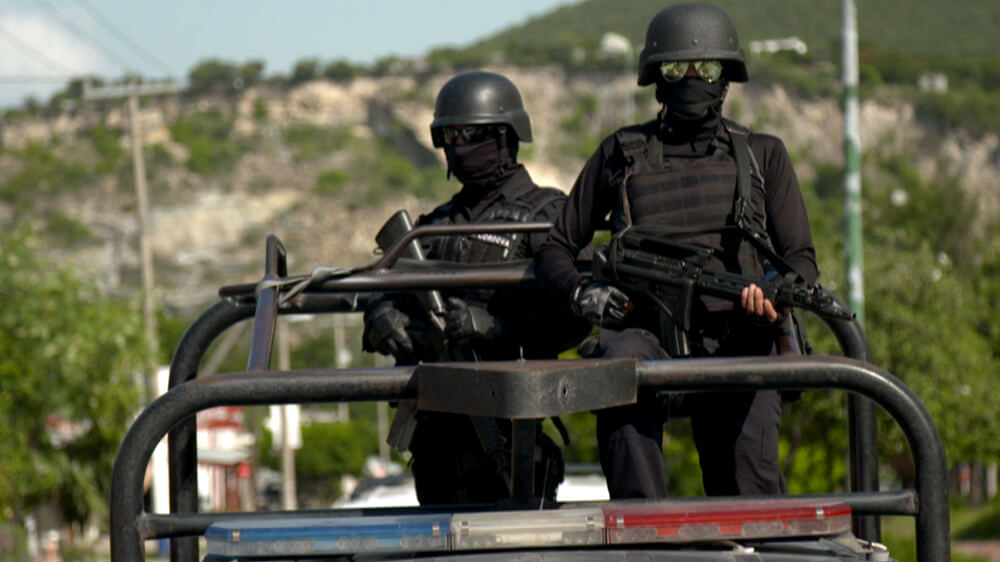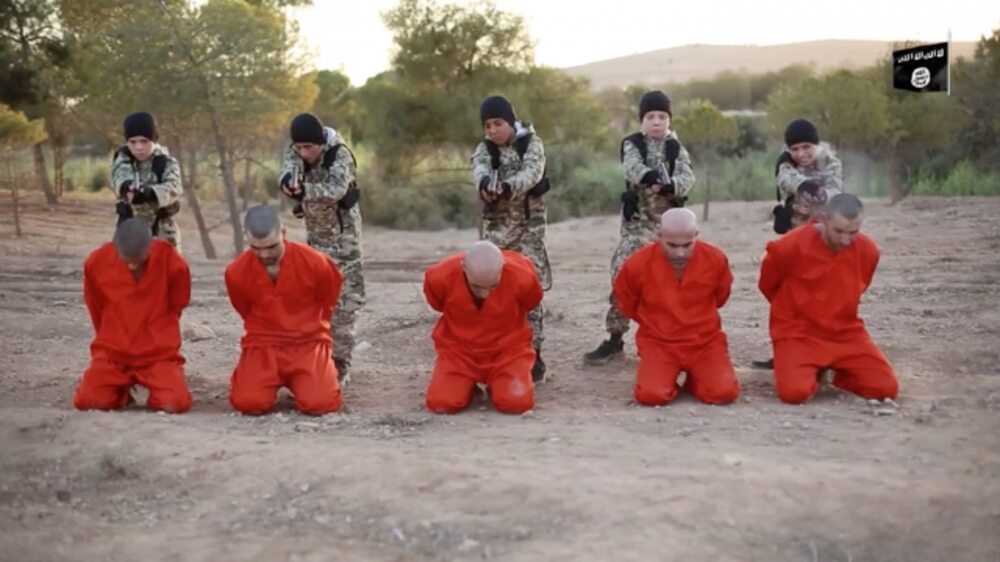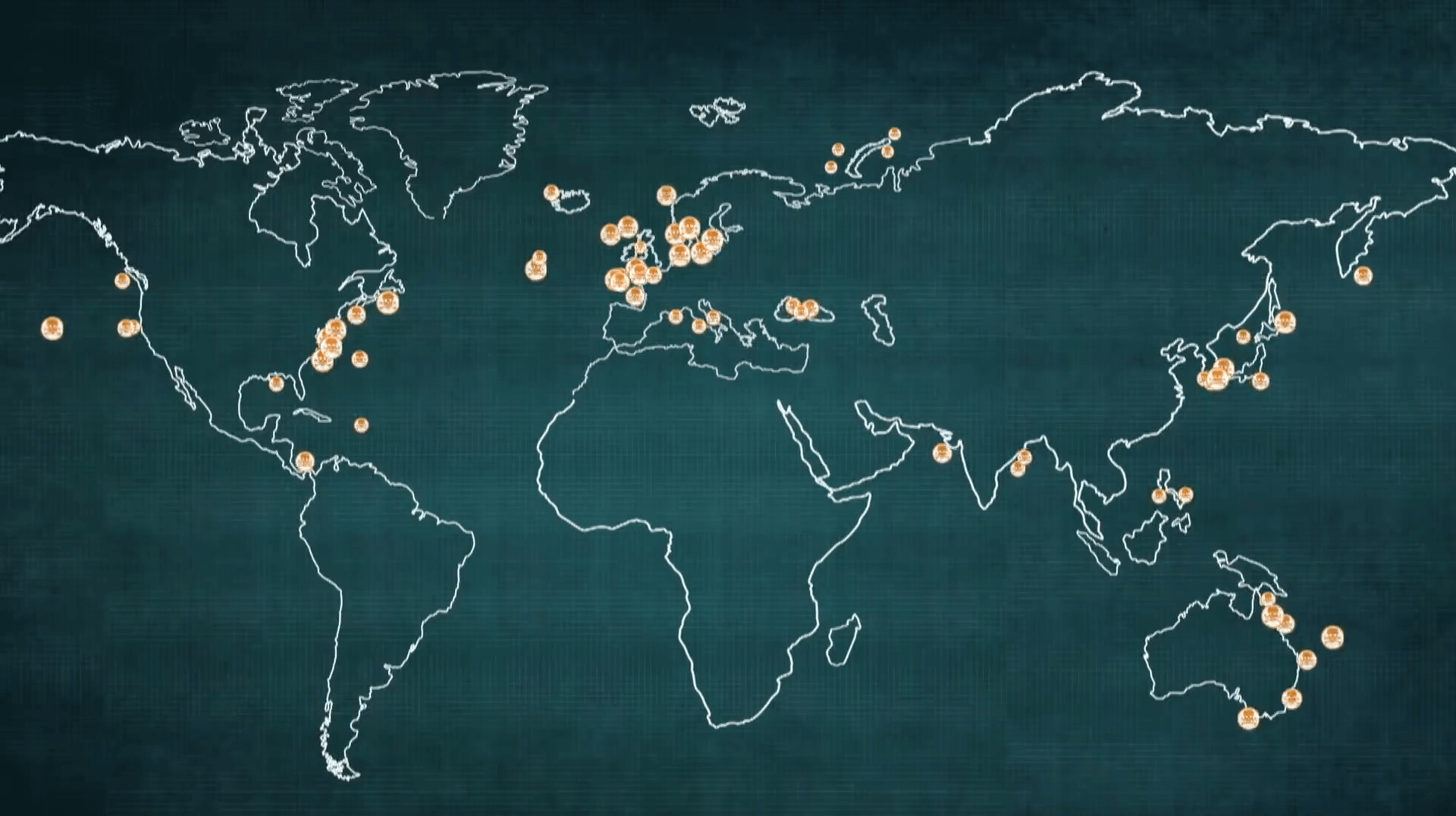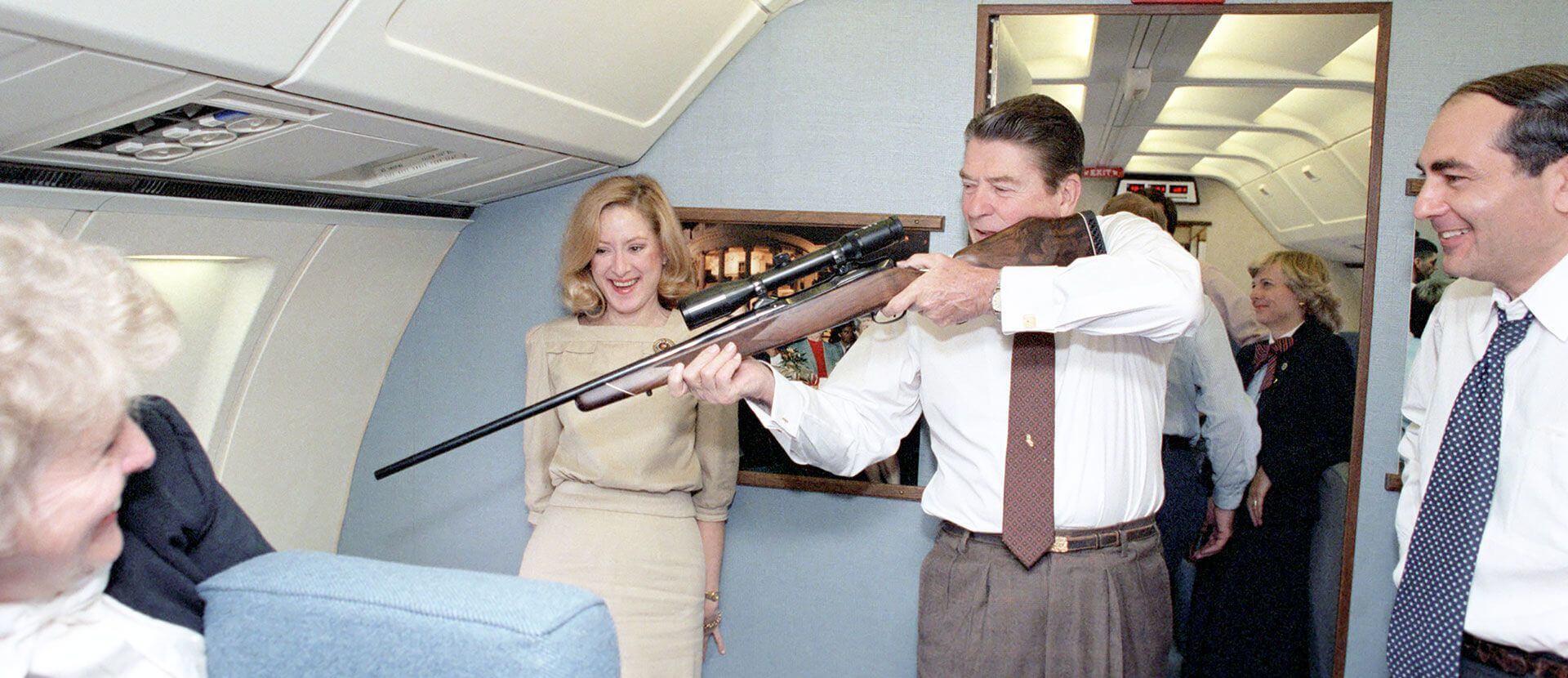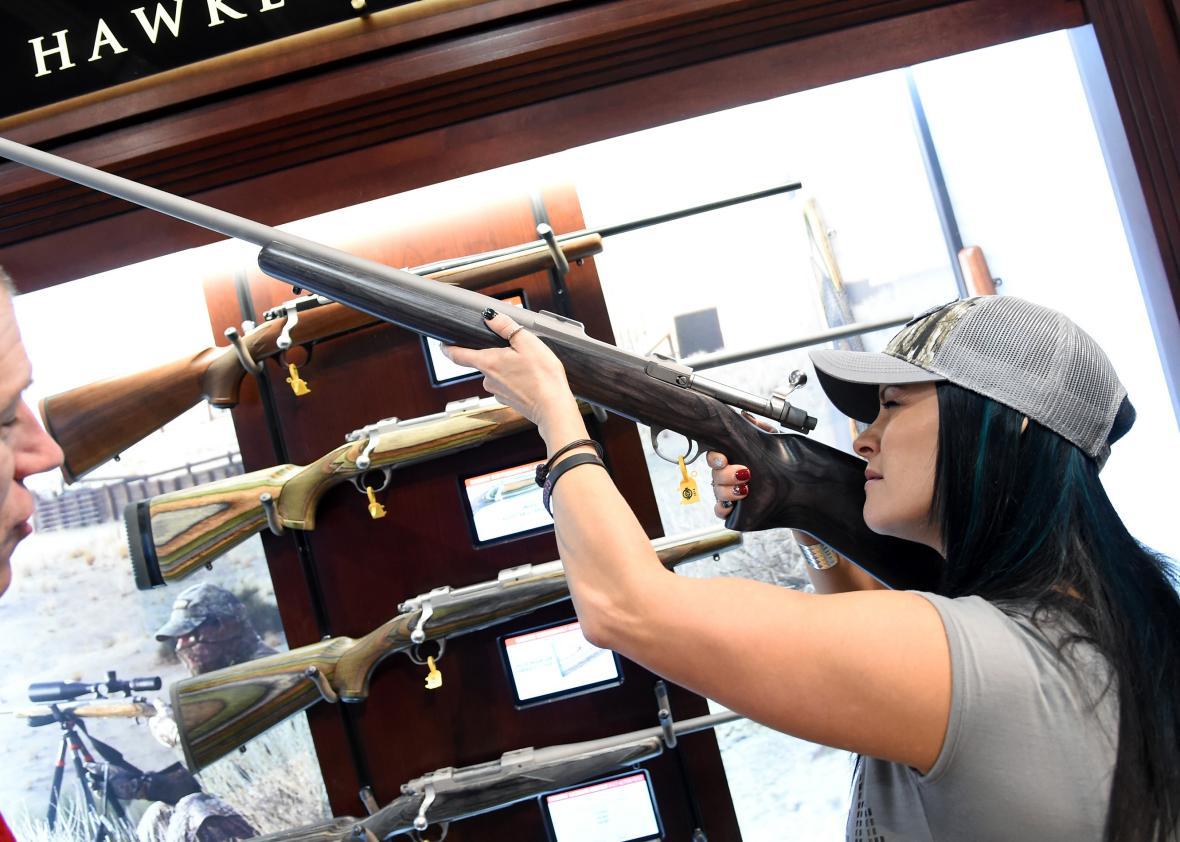description:
It’s well known that the United States exports billions of dollars’ worth of arms and ammunition to its allies.
episodes:
It’s well known that the United States exports billions of dollars’ worth of arms and ammunition to its allies. What isn’t as widely understood is that many of the guns it supplies to “partner forces” fighting wars in the Middle East – particularly to rebels in Syria – are Soviet-style munitions such as RPGs and Kalashnikovs which are obtained from manufacturers in Bulgaria, Serbia and other Eastern European countries.
There are many reasons for this, of which the most obvious are that fighters in the region have long been familiar with these types of weapons and would rather use them than anything else, and they are relatively easy to obtain. Another reason is that providing guns which can’t easily be traced back to the US puts a politically convenient degree of separation between the US and those to whom the arms go – even when the supplies have been sanctioned at the highest level.
Nevertheless, the process still necessarily involves complicated procurement and supply routes, and a less than diligent application of the “rules” that are theoretically supposed to constrain the international sale and movement of guns into such a volatile environment – embargos, sanctions, “end-user” certification and so on.
It often requires officials to turn a blind eye to less than satisfactory paperwork, the use of private contractors to act as cut-outs and trainers, and middlemen and dead-of-night cargo flights to and from strange, out-of-the-way places.
Meanwhile, a host of other players, from Russia, to Turkey, to Saudi Arabia and Iran are all doing variants of the same thing: providing deadly weapons to their own proxies, which in the Syrian conflict alone has contributed to a death toll of around 500,000, the vast majority of whom are civilians.
It’s also inevitable, in this murky world of shifting alliances and often hidden deals with irregular militias on an ever-fluctuating battleground, that some of these arms do not always end up where they were meant to.
At the end of last year, for example, the UK-based Conflict Armament Research found – after analysing 40,000 items recovered by its investigators along ISIL front lines between July 2014 and November 2017 – that as much as 90 percent of ISIL’s vast arsenal of arms and ammunition had originated in Russia, China and Eastern European states – often as a consequence of US weapons transfers which had somehow fallen into the wrong hands.
The report concluded that by purchasing “large numbers” of European arms and ammunition and then diverting them to non-state actors in Syria without notifying the sellers, the US reportedly “violated the terms of sale and export agreed between weapon exporters … and recipients.”
So how does this secretive but deadly trade function?
In a special two-part probe about America’s guns, People and Power’s Juliana Ruhfus and filmmaker Seamus Mirodan teamed up with the Balkan Investigative Reporting Network and the Organized Crime and Corruption Reporting Project to investigate US arms transfers overseas, and, subsequently, the consequences of lax rules governing the arms market closer to home.
The United States’s constitutionally enshrined love-affair with firearms has given it the highest levels of private gun ownership in the world, a truly staggering rate of gun-related deaths (from high-profile “mass killings” to more routine daily homicides), and a hugely powerful and wealthy arms industry dedicated to preserving the status quo.
Following the latest appalling calamity in February, when 17 people were slaughtered at the Marjory Stoneman Douglas High School in Florida, the pro and anti-gun ownership lobbies have been engaging in a now familiar debate about the extent to which US gun laws should be tightened up – with the notoriously pro-gun President Donald Trump pledging to stop such carnage happening in the future.
But it isn’t just the US that’s felt the effects of this gun epidemic.
South of the border, in Mexico, American-sourced weapons have been playing a deadly role in the country’s drug war for well over a decade.
The violence and chaos fuelled by these smuggled firearms are so widespread and devastating that it’s been a significant motivating factor in the desire of many in that country to flee to the north.
Of course, it won’t be lost on anyone with an appreciation of painful ironies that this kind of desperate migration is precisely why President Trump wants to build a wall along the frontier between the two nations.
It seems that it’s OK for deadly munitions to travel one way but not for the prospective victims of those munitions to go the other.
So how exactly do these weapons get trafficked across the border and why is the US government doing so little to stop the flow?
For the second of our two special reports on America’s guns, we sent correspondent Juliana Ruhfus and filmmaker Karim Shah to investigate.

